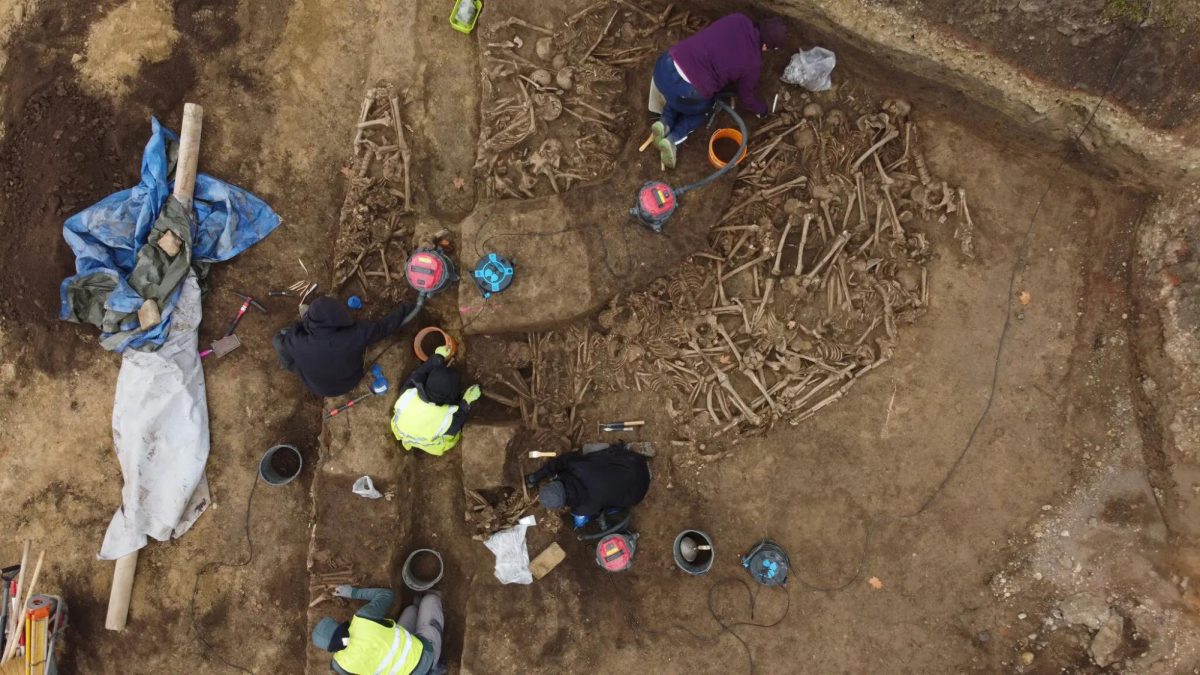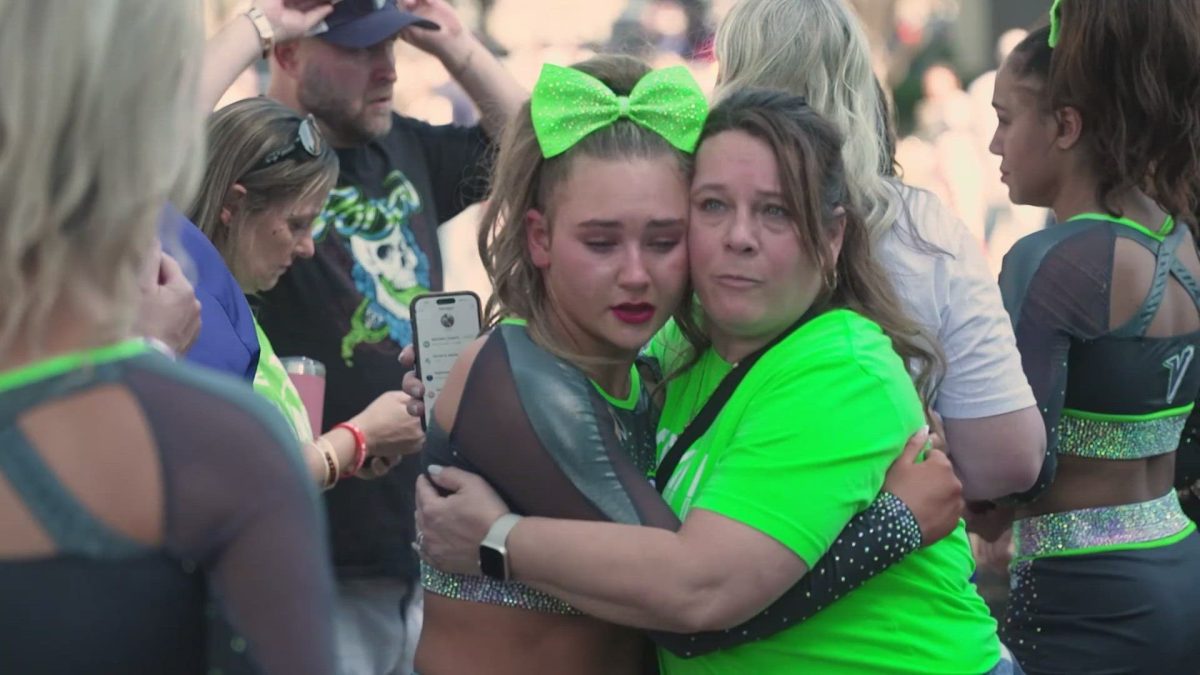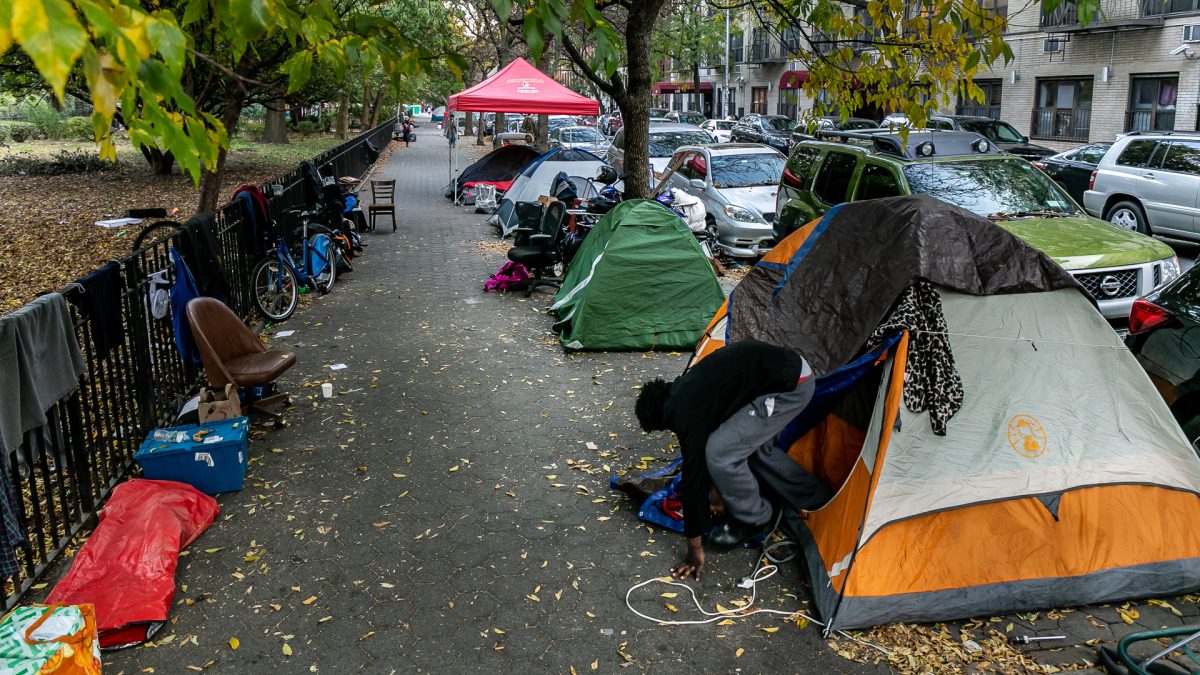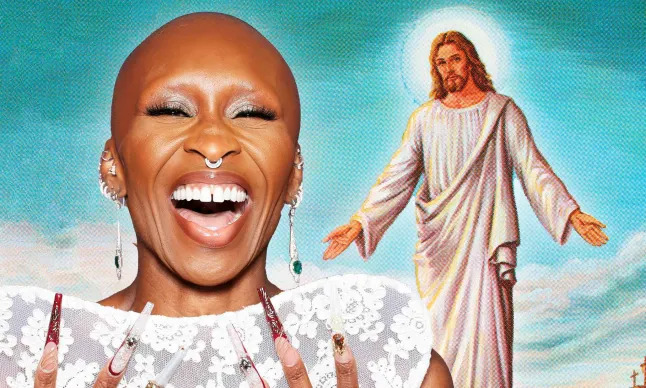“We are so excited to welcome you to the 2024 Girls State Program.” A sentence that painted smiles across the faces of thousands of young women throughout the country. They fashioned these smiles through inspirational speeches, educational lessons, and Laurel State elections. However, these smiles faded when the differences between Boys and Girls State became impossible to ignore.
Girls and Boys State were founded in 1937. Both week-long programs teach high school students about government and politics through lectures, keynote speakers, and hands-on activities. Since its inception, both programs have run completely separate from each other. However, shortly after the COVID-19 Pandemic, multiple states made the decision to host them simultaneously. This choice highlighted the stark differences between the two programs.
Multiple different concerns were vocalized throughout delegates’ experience. The top concerns include: financial discrepancies, dress code, and program layout.
The financial discrepancies between the two programs is the most recorded concern; and for good reason. Boys had color-coded lanyards that represented their political affiliation, intricately designed tote bags with zippers, and a detailed binder outlining everything they need to be successful in the program. On the other hand, girls all had identical lanyards, generic tote bags, and a stabled packet of papers that would constantly fall apart. Yes, the girls remained thankful, but it is disheartening to see all of the boys with nicer materials.
There are financial differences between the two programs because different organizations run them. The American Legion funds Boys State. They are recognized as a non-profit organization, so they naturally have more funding. On the other hand, Girls State is hosted by the American Legion Auxiliary. Since it does not have the same financial exemptions as Boys State, the program relies on donors to remain free for all young women who deserve to attend.
One of the only ways to fix this issue is signing petitions and writing statements to the organizations running these programs. As discussed throughout the duration of CT ALA Laurel Girls State, a bill can be written to request Girls State get the same funding as Boys State.
Next up, an issue existing primarily in Girls State, the dress code. While male delegates were allowed to wear athletic clothing for the majority of the program, female delegates were almost always expected to dress in business attire. Oftentimes, following the dress code was still not enough for young women. Many delegates got reprimanded for “inappropriate” attire, usually meaning a dress was an inch above the knee, or straps were smaller than two inches wide.
Justina, a CT Girls State delegate shared, “I literally heard a member of the Girls State staff say yesterday that the reason for the dress code was because girls are going to get prayed on…” she passionately remarked, “do not blame and penalize the victim.”
Justina is right. The solution shouldn’t be punishing young women for other people’s mistakes. Girls State should be liberating to all female delegates, showing them their place in the world of government and politics. Yes, deportment is extremely important. No, a dress that cuts off above the knee will not ruin a woman’s first impression.
As young women participating in the program, the best way to fight against this issue is vocalizing it. Looking professional is important, but the reason for looking professional shouldn’t be to prevent sexualization. It should be to make a first good impression. With this truth, these ultra specific and over dramatic dress code expectations should not exist. Similar to the first solution, starting a petition and giving valuable feedback to the program supervisors is crucial in seeing a positive change.
The last major issue, and arguably one of the most important, is the lack of organization in Girls State. As we watched the boys “move with purpose” from place to place, the girls felt like wanderers.
Justina noticed, “most of, if not all, of the junior and sometimes senior counselors seem to have no idea what’s supposed to be happening.”
Delegate Sarah agrees, adding, “in our programs, it does not have any information about any roles or how things are supposed to work, when I know Boys State does.”
These are extremely valid points. Most girls did not get their acceptance letters until a few weeks before the program started. No detailed information went out with the acceptances, leaving very little time and resources to properly prepare for the program.
This is arguably the easiest issue to fix on this list. Giving this feedback to the advisors allows them to better prepare next year. If they make the application deadline earlier, and are able to send out acceptance letters earlier, they will have more time to prepare. They can make more detailed packets, and send out more information about the program to the future delegates. This way, when the program finally rolls around, it will run much smoother.
To leave this article off on an important note, Julian, another delegate from CT ALA Girls State, notes, “You’re selling shirts that day girls have a place in politics, but aren’t showing that.” Stand with me, and we can make sure Girls State is pushing the narrative they are selling.










































